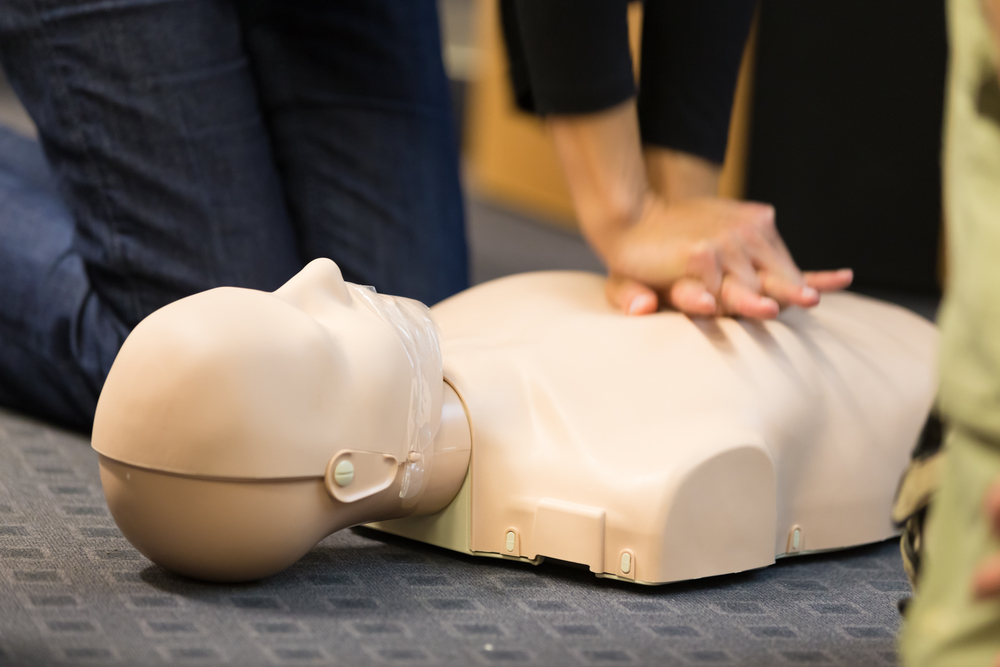
Cardiopulmonary resuscitation (CPR) is a life-saving technique that is crucial in emergencies such as cardiac arrest, drowning, or choking. Understanding CPR and obtaining proper training can make a significant difference in saving lives. In Austin, CPR training is accessible and essential for both medical professionals and laypersons. This guide provides an in-depth look at CPR training in Austin, its importance, and what to expect from a CPR course.
The Importance of CPR Training
CPR training equips individuals with the skills needed to act swiftly and effectively in emergency situations. Each year, thousands of lives are lost to cardiac arrest, many of which could have been saved with immediate CPR. By learning CPR, you not only increase the chances of survival for those experiencing cardiac events but also empower yourself to act confidently during emergencies.
CPR Training in Austin: What to Expect
CPR training courses in Austin typically cover a range of topics, including:
-
Basic Life Support (BLS): This includes the fundamental techniques of chest compressions and rescue breathing.
-
Automated External Defibrillator (AED) Training: Participants learn how to use an AED, a device that can deliver a shock to the heart to restore normal rhythm.
-
First Aid: Some CPR courses also incorporate basic first aid training, covering skills such as treating wounds, burns, and other common injuries.
-
Choking Relief: Techniques for helping choking victims, including the Heimlich maneuver, are often included.
Course Structure
CPR courses in Austin usually combine theoretical knowledge with hands-on practice. Theoretical sessions cover the anatomy and physiology of the heart and lungs, the importance of oxygenation, and the principles behind CPR. Practical sessions provide opportunities to practice chest compressions, rescue breaths, and AED use on manikins, ensuring participants gain confidence and proficiency.
Duration and Certification
The duration of CPR courses can vary. Basic courses might last a few hours, while more comprehensive courses, including BLS and first aid, can span an entire day. Upon successful completion, participants typically receive a certification valid for two years. This certification is often required for certain jobs and volunteer positions, especially in healthcare, education, and childcare.
Benefits of CPR Training
Saving Lives
The primary benefit of CPR training is the ability to save lives. Immediate and effective CPR can double or even triple the chances of survival for cardiac arrest victims.
Increased Confidence
CPR training provides individuals with the confidence to act during emergencies. Knowing what to do can make a significant difference in the outcome of a critical situation.
Professional Requirements
For many professions, CPR certification is mandatory. This includes healthcare providers, lifeguards, teachers, and childcare workers. Having CPR certification can enhance job prospects and meet regulatory requirements.
Community Safety
A community where more people are trained in CPR is inherently safer. The more individuals who know how to perform CPR, the higher the likelihood of positive outcomes in emergency situations.
Finding CPR Training in Austin
While this guide does not recommend specific providers, it’s important to note that numerous organizations offer CPR training in Austin. These include hospitals, community centers, educational institutions, and dedicated training centers. When selecting a course, consider factors such as the comprehensiveness of the curriculum, the qualifications of the instructors, and the format of the course (in-person or online).
Preparing for Your CPR Course
Before enrolling in a CPR course in Austin, there are a few steps you can take to prepare:
-
Research: Look into the different types of CPR courses available and choose one that best fits your needs.
-
Check Requirements: Some courses might have prerequisites or recommend certain readings before attendance.
-
Wear Comfortable Clothing: CPR training involves physical activity, so wear comfortable clothing and shoes.
-
Stay Engaged: Be ready to participate actively in both the theoretical and practical aspects of the course.
Conclusion
CPR training is a vital skill that can make a significant difference in emergency situations. In Austin, various CPR training options are available to suit different needs and schedules. By obtaining CPR training, you are taking an important step towards ensuring the safety and well-being of your community. Whether for professional requirements or personal preparedness, CPR training empowers individuals to act decisively and effectively when it matters most.



